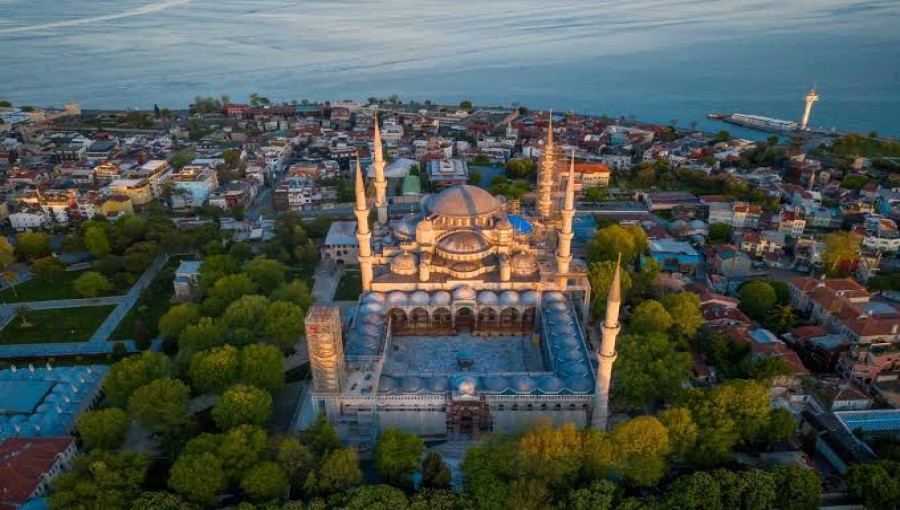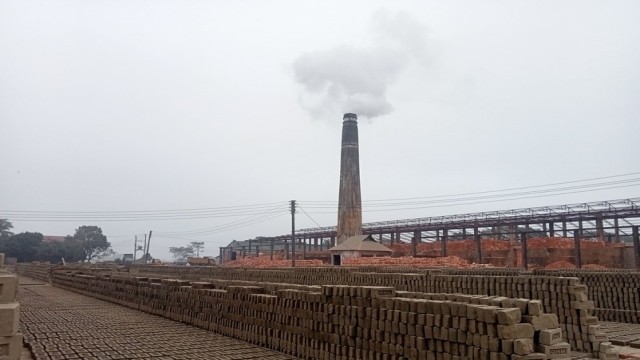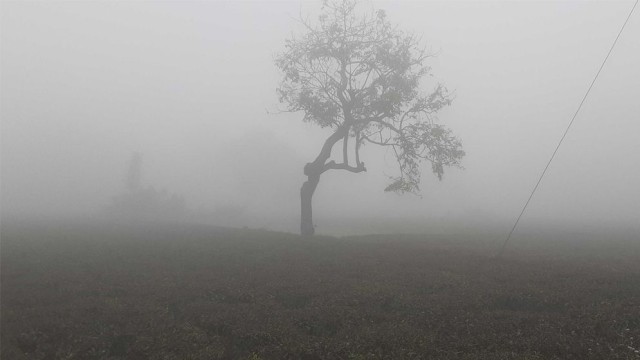Istanbul, Turkey - In the heart of Istanbul stands a testament to the grandeur of Islamic architecture and the enduring legacy of Sultan Ahmed I. The Blue Mosque, also known as the Sultan Ahmed Mosque, is not merely a place of worship but a beacon of cultural and historical significance, drawing millions of visitors each year to marvel at its beauty and immerse themselves in its rich heritage.
A Glimpse into History
Commissioned by Sultan Ahmed I in 1609, during the peak of the Ottoman Empire's reign, the Blue Mosque was designed to rival the grandeur of its nearby counterpart, the Hagia Sophia. Architect Mehmet Aga, a pupil of the renowned architect Sinan, was tasked with bringing the Sultan's vision to life. Construction spanned seven years, with the mosque's completion in 1616 marking a new era of architectural marvel in Istanbul.
Architectural Splendor
The Blue Mosque's architectural magnificence lies in its harmonious blend of traditional Islamic elements with innovative design features. Its distinctive six minarets, a rarity at the time of its construction, caused controversy but ultimately added to its unique charm. The mosque's interior is adorned with over 20,000 hand-painted blue tiles, giving it the nickname "Blue Mosque" and creating an ethereal ambiance that captivates visitors.

The central dome, towering at a height of 43 meters, is flanked by smaller domes and supported by four massive columns, symbolizing the unity and strength of the Islamic faith. Intricate calligraphy graces the walls, with verses from the Quran beautifully illuminated, serving as a constant reminder of spiritual devotion and reverence.
Cultural Significance
Beyond its architectural grandeur, the Blue Mosque holds immense cultural significance for both Muslims and non-Muslims alike. As a place of worship, it continues to be a focal point for daily prayers, religious gatherings, and spiritual contemplation for the local community and pilgrims from around the world.
Moreover, the mosque serves as a symbol of Turkey's rich cultural heritage and the enduring legacy of the Ottoman Empire. Its inclusion on UNESCO's World Heritage List in 1985 further solidifies its importance as a global cultural treasure, deserving of preservation and admiration for generations to come.
Role in Muslim Society and Islam
The Blue Mosque plays a multifaceted role in Muslim society, serving not only as a place of worship but also as a center for community engagement, education, and charitable endeavors. Imams and scholars offer religious instruction and guidance, fostering a sense of spiritual unity and moral responsibility among the faithful.

Furthermore, the mosque serves as a platform for interfaith dialogue and cultural exchange, welcoming visitors of all backgrounds to experience the beauty of Islamic art and architecture firsthand. Its open courtyard and expansive prayer halls provide a welcoming space for reflection and contemplation, promoting tolerance and understanding in an increasingly diverse world.
In conclusion, the Blue Mosque stands as a testament to the enduring legacy of Islamic civilization and the unwavering devotion of Sultan Ahmed I. Its architectural splendor, cultural significance, and role in Muslim society make it a symbol of beauty, harmony, and spiritual enlightenment.
As visitors gaze upon its majestic domes and intricately adorned interiors, they are reminded not only of the past glory of the Ottoman Empire but also of the timeless values of faith, unity, and compassion that continue to resonate within its walls. In an ever-changing world, the Blue Mosque remains a beacon of hope and inspiration, inviting all who enter to find solace and serenity in the embrace of its sacred halls.































Comment: